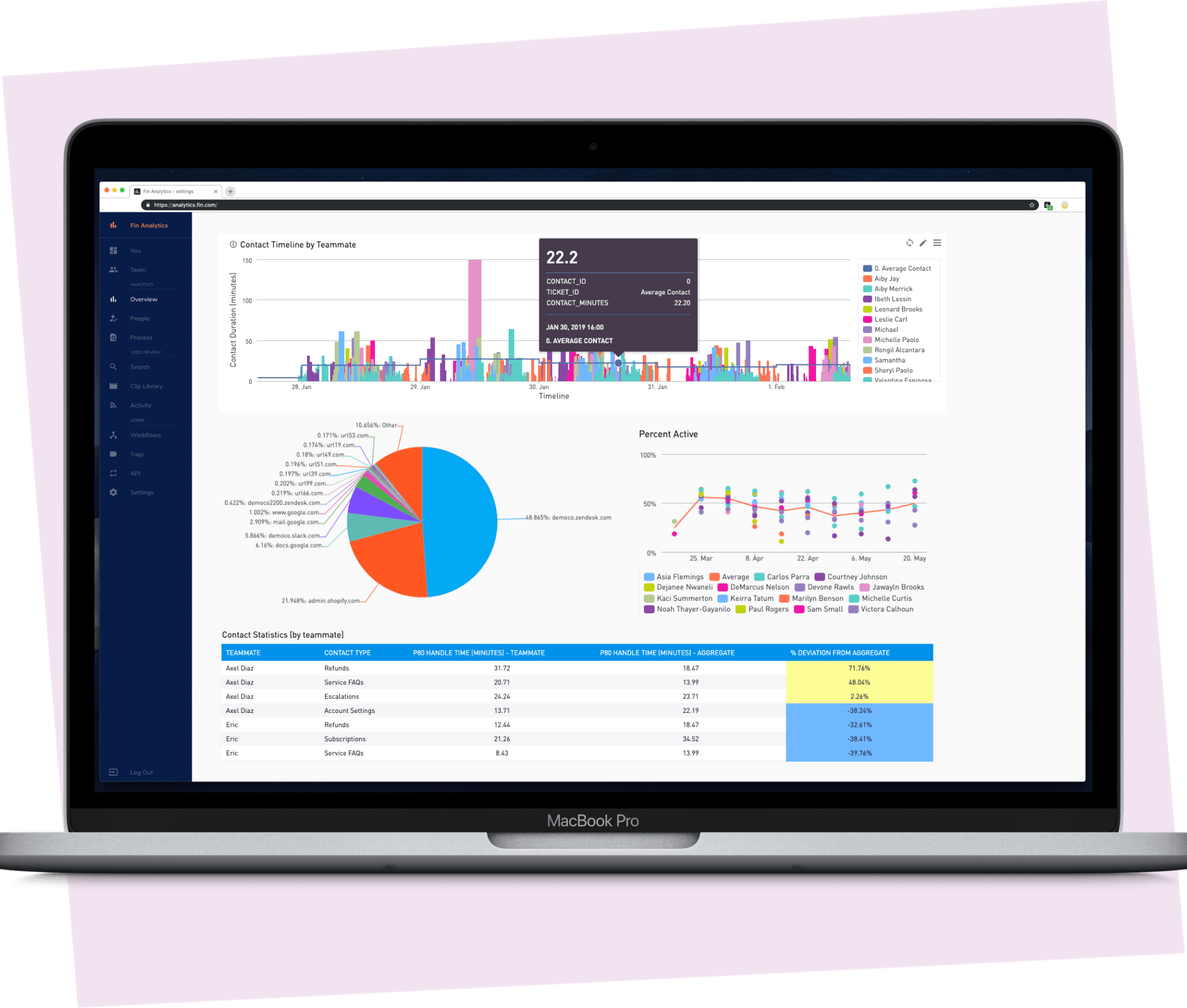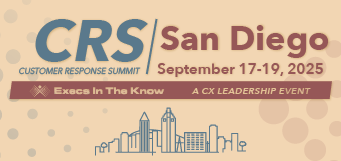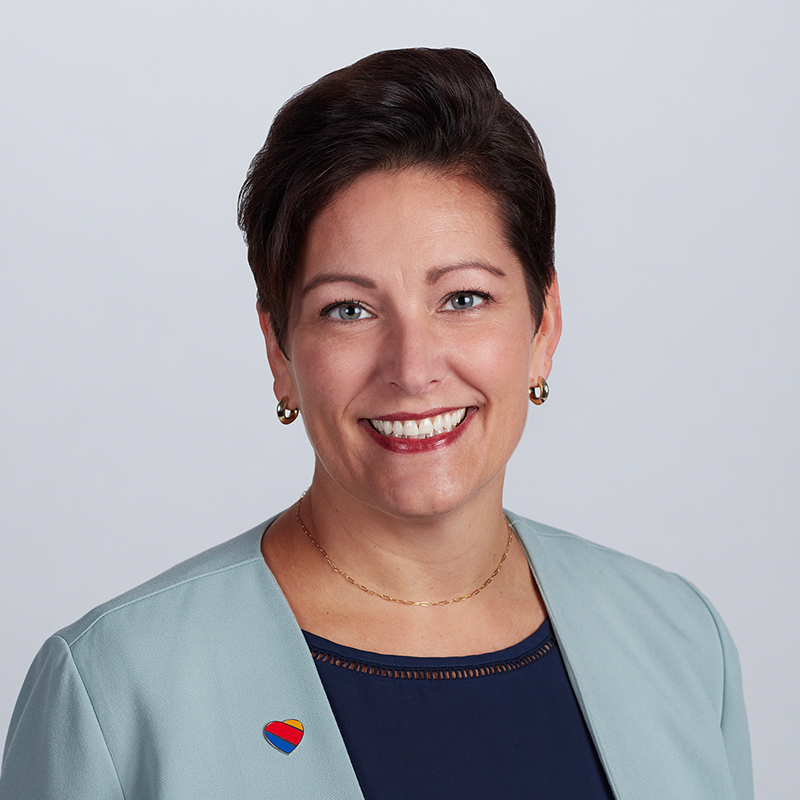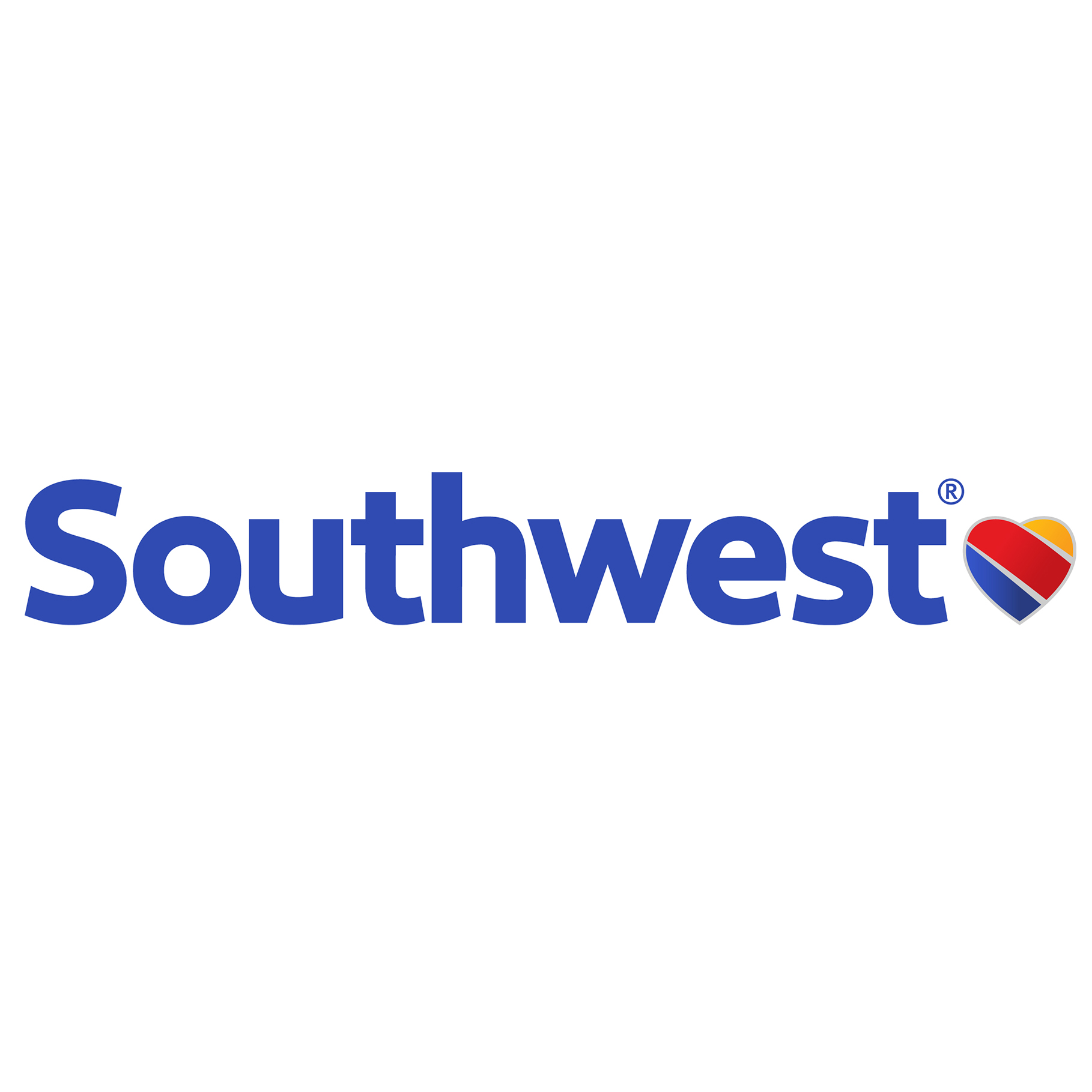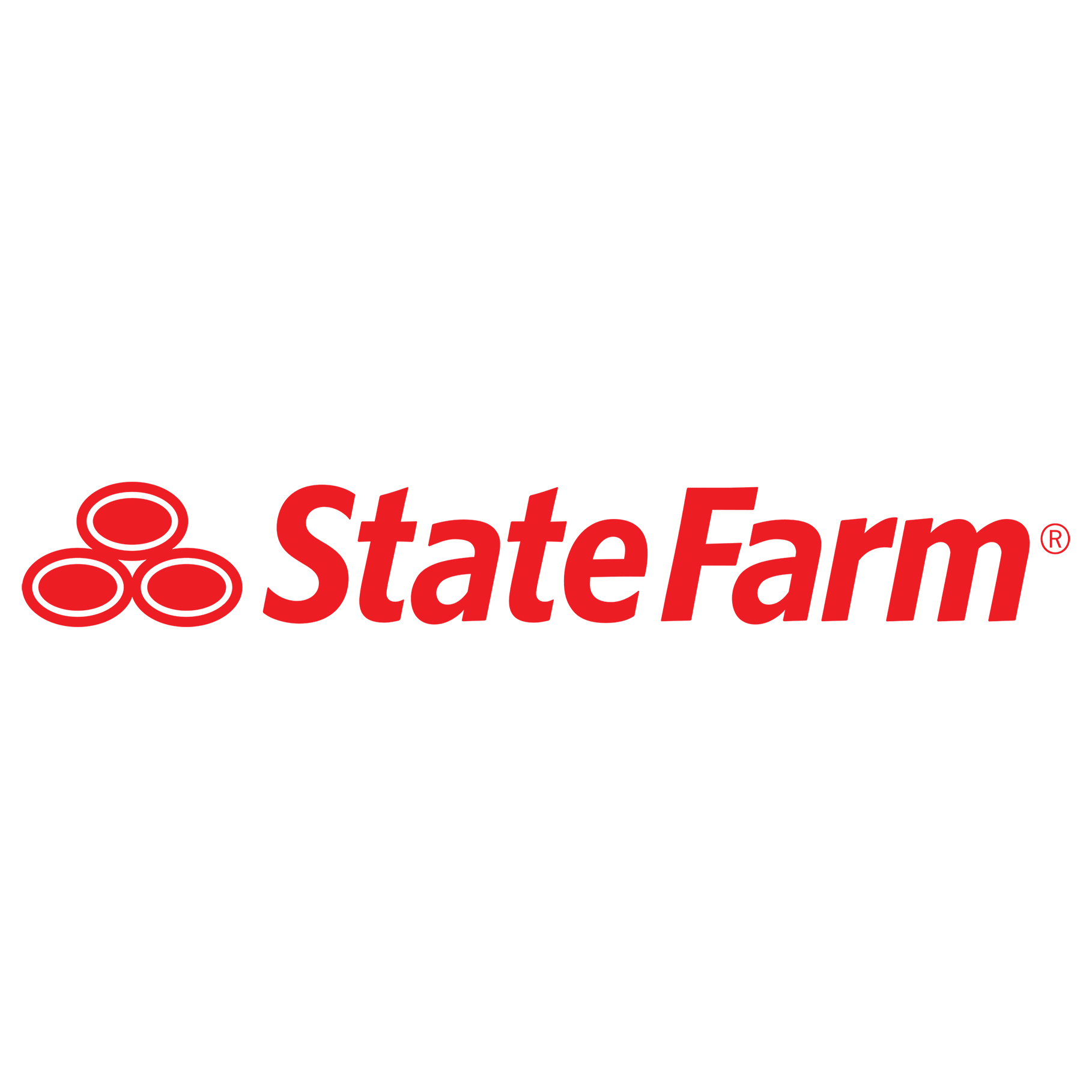The following is a guest post written by Andrew Kortina, Co-Founder and Co-CEO of Fin Analytics
The ‘Operations Flywheel’ is a framework for driving continuous improvement of CX operations quality or efficiency KPI like CSAT, NPS, Cost per Resolution, etc. In this post, I’ll discuss how we developed this methodology, explain why your organization should consider adopting it, and outline the basic steps in the flywheel.
How We Developed the ‘Operations Flywheel’
Before building Fin Analytics, the team behind Fin built a direct to consumer, on-demand executive assistant service. I remember when we were scaling up the customer operations team behind this assistant service, we had a conversation discussing the guiding principles for our operations team.
One of the key principles for this team was: “always improving” — the idea was that we wanted to design feedback loops into the systems, knowledge sharing, training, and processes for this team such that if we suddenly lost the top leadership of this team or stopped making new investments in the team, all of the quality and efficiency KPIs would continue moving in the right direction.
The inspiration for this principle came from our background in building consumer web software, where, for example, you want individual usage and total usership of your service to grow in a compounding manner each month, regardless of whether or not your product engineers release any new features.
While customer operations differs from pure software in that your KPIs directly depend on your front lines agents showing up and delivering awesome service, our goal was to design reinforcing feedback loops into all of the meta-work and processes for feedback to ensure continuous improvement based on the status quo operations (without continuous new investment).
Why Your Organization Should Use a Formal Methodology for Continuous Improvement
Designing operational processes (like QA, training, performance management) in a way that they lead to constant improvement in your organizations KPIs does not mean that you should stop undertaking new initiatives. It does, however, entail that you’ll continue to provide better and better service for your customers even when the new initiatives you take on run behind schedule or don’t give the incremental lift you originally estimated.
It also entails that any additional lift you do see in your KPIs from new initiatives is ‘gravy’ on top of the continuous improvement you’ll start seeing as your baseline.
This helps de-risk the execution risk of large, expensive, and time consuming strategic initiatives and ensures a better and better experience for your customers over time.
The other big advantage of adopting a framework for continuous measurement and improvement in your operations organization is that it enables rapid iteration.
The agile methodology has been adopted across almost every other part of the modern company — from product development to infrastructure engineering to performance marketing to sales — and there is no reason operations should not ‘join the party’ by taking advantage of continuous and comprehensive process measurement.
By taking advantage of agile / rapid iteration, an operations organization can better respond (sooner) when big new initiatives don’t go exactly as expect, and adapt quickly to get back on track.
The ‘Operations Flywheel’ at a Glance
Let’s take a brief look at the operations flywheel in action:
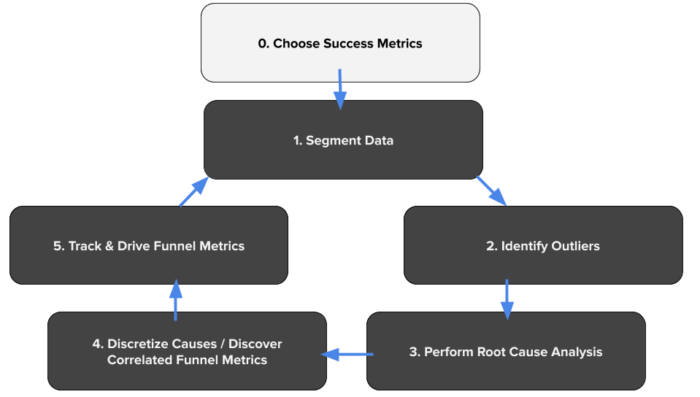
It starts with defining your metrics for success. These are the KPIs you set at the beginning of the year or the quarter. The flywheel approach is equally suited to driving quality metrics (CSAT, NPS) and efficiency metrics (hitting SLAs, Cost per Resolution).
For any given KPI, you first segment data to understand the biggest opportunities for improvement. This helps ensure your team spends time only in high leverage areas.
Next, within your segment you identify outliers, perform root cause analysis on the outliers, and discretize the root causes for failure and abnormality. This sequence of steps gives you a list of specific causes you can then prioritize (again, stack ranking by either frequency or cost), which you can then track and systematically drive down to zero with targeted improvements to coaching, training, internal tools, or process.
It’s important to properly attribute responsibility for each root cause to a responsible team, and it may be that multiple teams contribute to a specific set of outliers (for example, some of your low CSAT scores may ultimately stem from misaligned product expectations, which might be addressed by your product team; internal tools failures, addressed by a different team; and out of date processes / SOPs, fixed by yet another team).
Once you have methodically addressed your biggest opportunity, you rinse and repeat, with the next largest segment blocking you from hitting your goals.
The process is very similar to what you would see in a performance marketing team doing ‘growth hacking’ or a client application team doing when improving the speed of a slow application.
Takeaways
The formal methodology for continuous improvement in CX operations is based on our own experience building and managing large teams across Phoenix and Manilla, along with all of the best practices we have seen employed by top customer support organizations across a wide variety of industries, ranging from e-commerce to delivery to marketplace businesses to healthcare to personal finance.
We believe that using continuous and comprehensive measurement to design reinforcing feedback loops into every aspect of an operations organization — improvements to process, tools, QA, training, coaching — is the biggest opportunity in operations of the next five years, and the technology for taking advantage of this opportunity exists today.
For a deeper view of the ‘Operations Flywheel’ in action, our white paper is available upon request by emailing [email protected].
Andrew Kortina is the co-founder and co-CEO of Fin Analytics, a real-time, cloud-based, comprehensive measurement platform that helps CX teams streamline and modernize their operations. Prior to Fin, Kortina Co-Founded the payments company Venmo.
